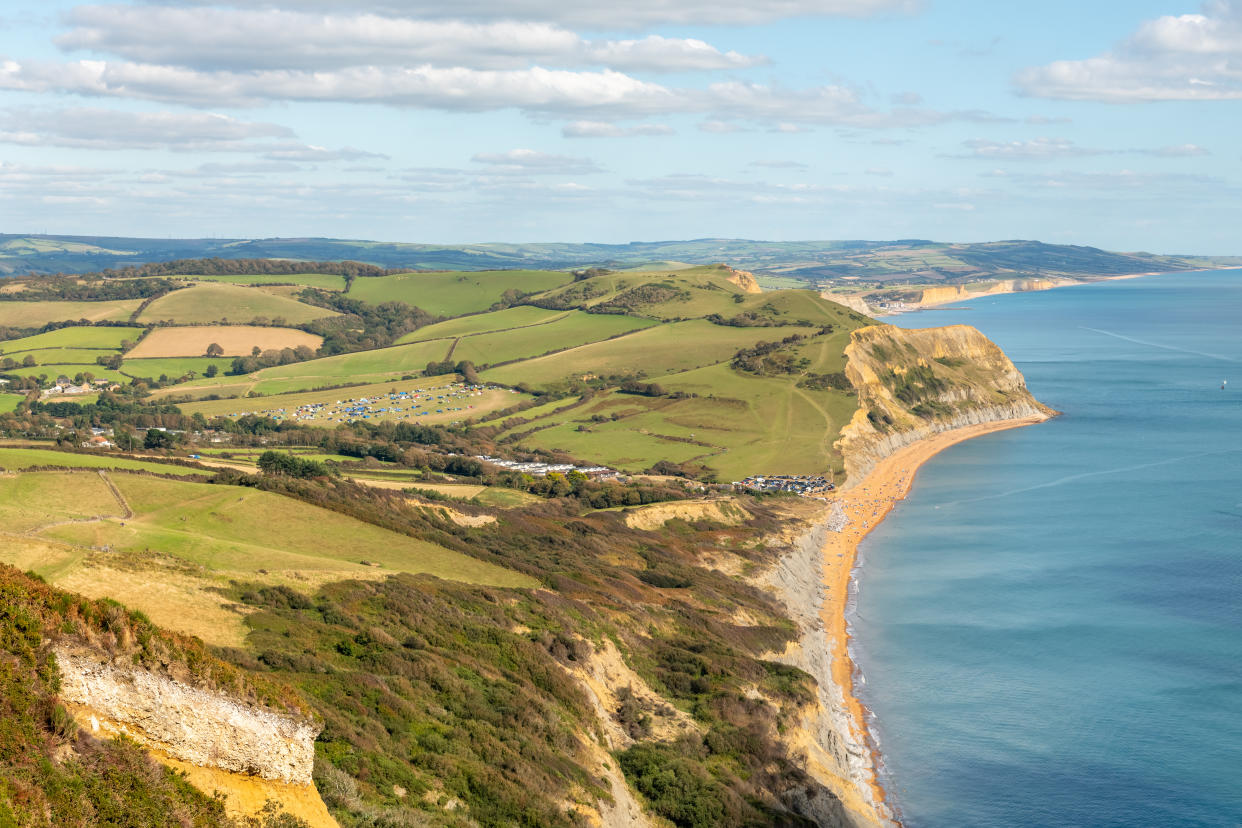Jurassic Coast suffers largest rockfall in 60 years as boulders the size of cars crash into the sea

The Jurassic Coast has suffered its largest rockfall in 60 years after massive boulders the size of cars came crashing down the cliffs.
Dorset council has cordoned off large areas of the coastline after an initial rockfall led to several more landslides.

It is believed around 4,000 tonnes of earth across 300 metres of the World Heritage Site has fallen onto the beaches below.
The collapse near Seatown saw entire trees pulled out of the earth and thrown into the sea.
The landslide has blocked the beach path between Seatown and Eype.


On Tuesday Dorset Council said: "There has been substantial rock fall between Seatown and Eype Beach. Further movement is expected with fresh cracks, affecting the fence line but not the Coast Path.
"For your safety keep clear of tops and bases of cliffs when out and about."
Then after another landslide the council said: "The cliff is still very unstable and more is expected to be lost. Please take notice of safety signs."
There's been another cliff fall just East of Seatown . About 300m of the cliff has been affected including the coast path. The path has been cordoned off. The cliff is still very unstable and more is expected to be lost. Please take notice of safety signs. pic.twitter.com/JAwxxrXaY7
— Dorset Council UK (@DorsetCouncilUK) April 13, 2021
The Jurassic Coast stretches across the South West coast of England from East Devon to Dorset, covering a distance of almost 100 miles.
It was made a World Heritage Site in 2001.
The area spans 185 million years of geological history as coastal erosion has exposed rock formation over millions of years.


